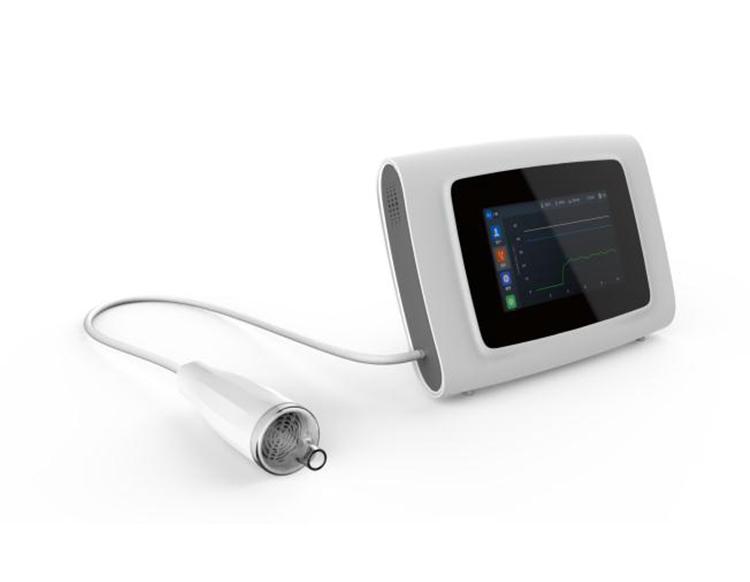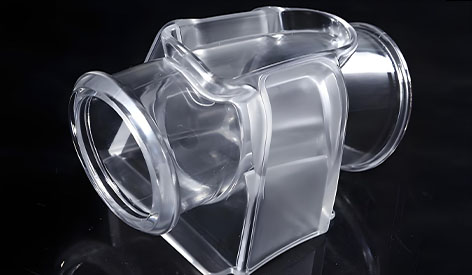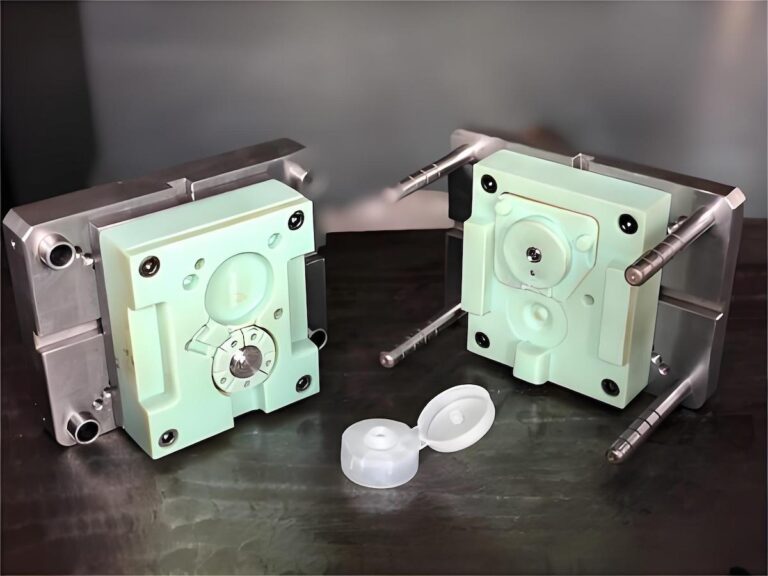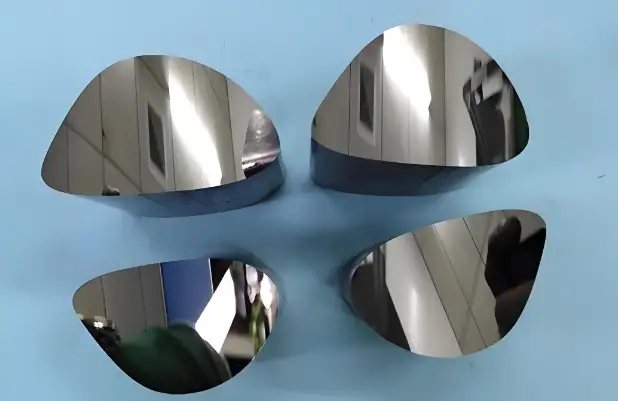When the blade of a scalpel crosses the lifeline, when the curve of a monitor guards the heartbeat – the aluminum alloy parts in medical devices are precisely the precision carriers that make the difference between life and death. As the prototype solution of choice for the world’s top medical device manufacturers, medical-grade aluminum alloy Prototype machining is a millimeter-scale battlefield of “sterile surgery,” where any small deviation can trigger a chain of risks.

⚕️ Materials Science: Choosing the wrong alloy = Clinical Hazards
6061 vs 7075: More Than Just a Game of Strength Numbers
| characterization | 6061-T6 | 7075-T651 | Clinical Decision Trees |
|---|---|---|---|
| tensile strength | 310 MPa | 572 MPa | Bone spikes/joint parts → 7075 |
| biocompatibility | ASTM F136 Class 3 | ASTM F1295 Class 4 | Internal implants → 7061 |
| corrosion protection | Excellent (marine level) | Requires surface enhancement | Endoscope shell→6061+anodized |
| processing cost | $25/kg | $48/kg | Non-load-bearing structure → 6061 |
Lessons Learned:
▶ German orthopedic device maker OrthoFix had mistakenly used 7075 to make a spinal fixation plate – chlorine corrosion led to breakage 3 months after surgery, and recall losses exceeded €2 million!
⚙️ Machining: When CNC Machines Become “Shadowless Lamps”
The Three Lives and Deaths of Precision Milling
Vibration control:
Swiss Starrag ultra-precision machine: spindle vibration ≤0.5 μm → avoid thin-walled parts “vibration pattern hidden fracture”
American orthopedic pliers case: vibration overrun leads to occlusal surface deviation of 0.03mm → intraoperative slippage rate surges by 300%
Thermal deformation defense:
Liquid CO₂-cooled shanks: keep the cutting zone at ≤40℃ → thermal deformation control at ±0.01mm/m
Japanese surgical robot joints: not temperature-controlled machining → assembly losses exceed €2 million Parts: uncontrolled machining → 82% accuracy degradation after assembly
Microstructure guarding:
Diamond-coated tools: edge radius <5μm → avoiding “grain boundary tearing” of alloy 7075
EDM’s micro battlefield (EDM)
The 0.005mm game of precision electrodes:
▶ German Sodick AG60L machine: Φ0.1mm electrodes for processing heart valve clasps → contour accuracy of ±2μm
White layer elimination technology:
▶ Pulsed current <3A + Kerosene dielectric → heat-affected zone from 15μm to less than 5μm
🔥 Structural Strengthening: Heat treatment is “gene editing” for performance.
T6 vs T73 aging treatment selection code
| goal | T6 process | T73 process | Medical Scenarios |
|---|---|---|---|
| peak intensity | ★★★★★ | ★★★☆☆ | Trauma equipment → T6 |
| stress corrosion resistance | ★★☆☆☆ | ★★★★★ | Internal implants → T73 |
| dimensional stability | ±0.1% | ±0.05% | Imaging equipment guide→T73 |
U.S. FDA warning incident:
▶ A laparoscopic clamp rod using 6061-T6 process → Disinfectant infiltration triggers intergranular corrosion → Intraoperative fracture causes medical malpractice
✨ Surface Treatment: Building a Bio-Shield at the Nanoscale
Triple protection for medical anodizing
Hard anodizing (Type III):
Film thickness 25-50μm → Hardness >500HV (comparable to tool steel)
Swiss surgical scissors: 5 times longer service life after oxidation of the cutting edge
Closure technology:
Nickel salt closure: 300% higher corrosion resistance → passes ISO 9227 salt spray test for 200h
Boiling water closure: pore size <10nm → eliminates bacterial harboring
BioActive Coatings:
US BioCoat Inc technology: anodized layer + hydroxyapatite → 40% increase in osseointegration rate for orthopedic implants
🧪 Quality Control: 0.01mm of life and death with data chain locking
3D gene pool for medical parts
| test dimension | installations | accuracy threshold | Consequences of failure |
|---|---|---|---|
| Dimensional accuracy | Zeiss CONTURA G2 | ±0.8μm/m | Insulin pump dose error 15% |
| surface defect | Keyence VR-5000 | 0.5μm scratch detection | Risk of bacterial growth rises 10-fold |
| material composition | Olympus XRF Analyzer | Alloy composition ±0.3% | Biocompatibility certification failure |
Traceability system in action:
▶ Germany’s Beltram Medical: Laser QR code for each orthopedic screw → Includes melting batch/processing parameters/inspection report → Recall efficiency increased by 90%.
⚖️ Compliance breakthrough: ISO 13485 is not the end but the beginning!
Three invisible minefields of European and American certification
Cleanliness Verification (IEST-STD-CC1246D):
Particle residue >5μm: ≤30 per square centimeter → Common failure items in US FDA Fly Inspection
Sterilization Compatibility:
After Ethylene Oxide Sterilization: Anodic Oxide Flaking Test ≤Class 3 (ASTM D3359)
Fatigue Test Fracture:
Breathing Valve Piece Requirement: 5 million times opening and closing test (much higher than the standard for automotive parts)
Shortcut program: cooperation with the ISO 17025 accredited laboratory of the handpiece factory → shorten the certification cycle 6-8 weeks
🌟 Conclusion: in the millimeter battlefield of life safety
Prototype machining of medical aluminum alloys – is writing the equation of life in the operating room with the CNC code of the workshop. When the 6061 alloy gets a new life in the heat treatment furnace, when the anodic oxidation film builds up a great wall of antimicrobial resistance in the micropores… These seemingly cold processes will eventually merge into the torrent of human health.
The future is here: ceramic-reinforced aluminum alloys will challenge the status of titanium alloys, and AI real-time quality control will eliminate one-in-a-million defects – but the eternal truth remains: reverence for life begins with reverence for each and every part.






Prototype machining